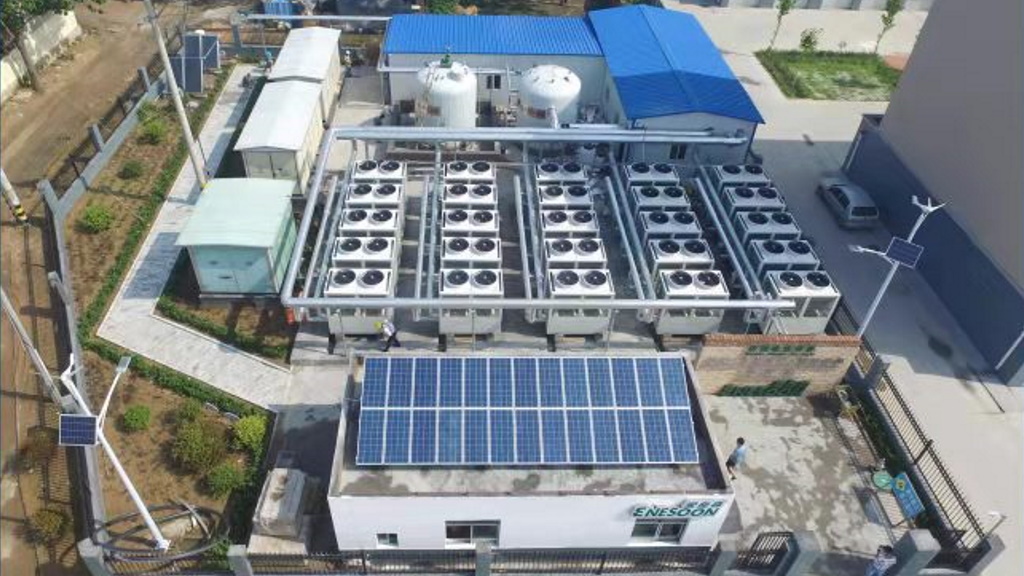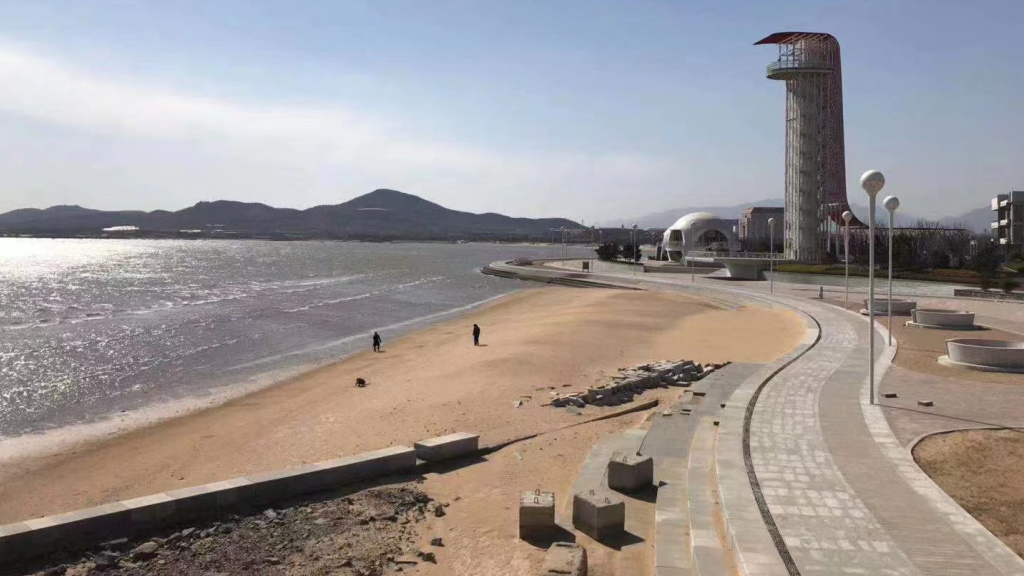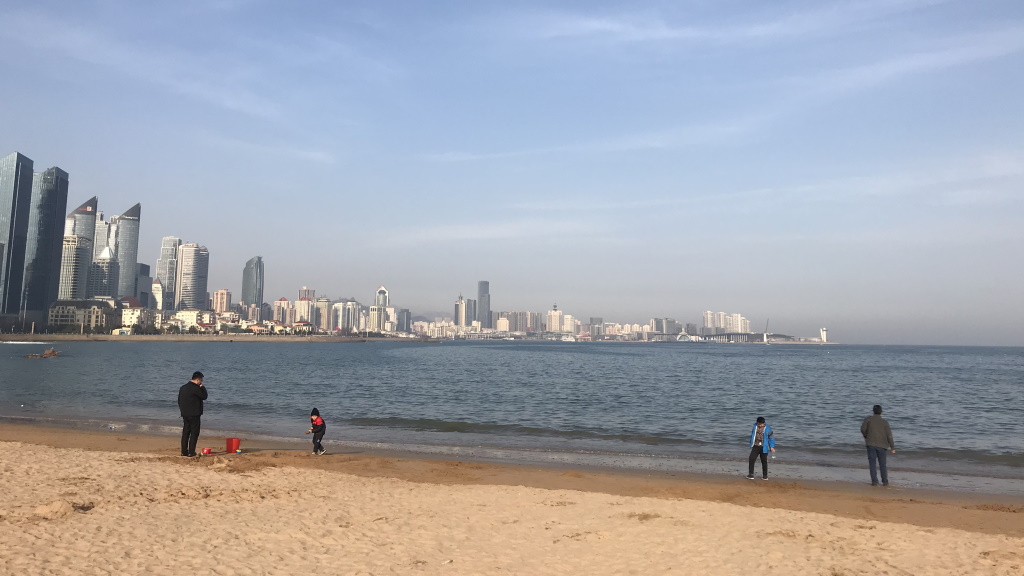Others
ADB, GCF, and Partners Pioneer Climate Fund in Shandong, the PRC
Graham Dwyer 13 Jan 2022
Shandong is a heavily industrialized province in the eastern PRC, with the highest consumption of coal per capita and energy in the PRC amid accelerating urbanization.
Achieving economic transformation while reaching climate-related targets requires better access to climate finance in Shandong.
The highly innovative Shandong Green Development Fund Project, cofinanced by ADB, KfW, AfD, and GCF, aims to leverage significant funding from institutional, commercial, and other sources from about $400 million in seed funding from development partners.
In Shandong Province, part of the dynamic Greater Beijing-Tianjin-Hebei area of the eastern PRC, economic development has come at a price: high pollution and greenhouse gas emissions.
With a population of just under 100 million, Shandong is the second most populous province in the country—and highly carbon intensive. The province is also heavily industrialized, with the highest consumption of coal per capita and energy in the PRC, and urbanization is accelerating.
But Shandong has made concerted efforts to address climate change issues, including the establishment of the New Industry Development Guidance Fund in 2019 and the incorporation of carbon reduction goals into economic and social development plans. The province aims for carbon dioxide (CO2) emissions to peak around 2027, three years earlier than indicated in the PRC’s Intended Nationally Determined Contribution under the Paris Agreement process.
However, achieving economic transformation while reaching climate-related targets requires better access to climate finance. Recognizing this, the PRC government designated Shandong to shift toward a low-carbon, climate-resilient growth path and selected it as a pilot for an ADB-financed project.

Innovative Leveraging
In September 2019, ADB approved a $100 million loan for the Shandong Green Development Fund Project. The fund introduces an innovative leveraging mechanism to catalyze private, institutional, and commercial capital for the development of climate-friendly infrastructure and business in Shandong.
The fund holds seed capital of $400 million from international financial institutions. It aims to mobilize $360 million from public sources and $740 million from private investors. Together, these in turn aim to leverage about $7.5 billion of climate-positive investment, targeting a leveraging ratio of 1:5.
Germany’s KfW approved €100 million (about $113.7 million) in cofinancing for the fund while France’s Agence Française de Développement (AfD) provided €70 million. In October 2021, ADB and the Green Climate Fund (GCF) signed a Funded Activity Agreement for a GCF investment of $100 million—its first financing in the PRC.
“With the rising environmental and climate change challenges and against the backdrop of COP26 and the PRC’s aim on carbon peaking by 2030 and carbon neutrality by 2060, the project is especially timely and relevant,” said M. Teresa Kho, Director General of ADB’s East Asia Department. “It will contribute to the transition to low-carbon and climate-resilient development paths in the PRC.”

Targeting Climate Resilience
The project is designed as a public-private financing facility, targeting high technology, climate-resilient subprojects and green investments. The fund will finance a portfolio of mitigation and adaptation projects assessed against both financial and climate eligibility criteria using the GCF investment framework.
“Many parts of the PRC and other Asian countries face comparable challenges to Shandong, and many similar opportunities to engage,” said Bruno Carrasco, Director General of ADB’s Sustainable Development and Climate Change Department. “We are confident that the fund and this project will pilot new ways to attract private sector funding and know-how that will be replicated elsewhere.”
By 2027, the Shandong Green Development Fund aims to contribute to climate change mitigation (measured through carbon emission reductions of 3.75 million tons annually) and climate change adaptation (measured by improvements in the climate resilience of more than 3 million people). It is also the first climate fund in the PRC to be categorized as effective gender mainstreaming.
To date, $100 million of the financing from ADB, KfW, and AfD has been utilized to set up the first fund (SGDF I) under the project. An additional $130 million in funding was mobilized from public and private investors such as Haier Group and CATL.
Already, the fund has invested $80 million in two innovative companies to support the development of a leading green logistic service platform and an electric vehicle charging station e-network in the PRC, respectively. More than $200 million in private capital has been mobilized at the subproject level. Together, the two projects are expected to reduce CO2 emissions by 0.4 million tons annually.

Green Investment
This is expected to be just the beginning. The PRC has witnessed massive green investment opportunities driven by technology innovation in various sectors, ranging from energy generation to green transportation.
“The catalytic funding from ADB, KfW, AfD, and GCF is critical to attract domestic investors and capital,” said Emma Fan, Director of the Public Management Financial Sector and the Regional Cooperation Division of ADB’s East Asia Department. “The project will continue to invest the fund into commercially viable subprojects that showcase a sustainable investment approach in climate financing.”
“In ADB, the Shandong Green Development Fund Project showcases innovative approaches to achieve the ADB 2030 strategy objective on building climate resilience and enhancing environmental sustainability,” says ADB General Counsel Thomas Clark. “This project is also a great example of close collaboration and partnership between international financial institutions in supporting operations that tackle climate change.”
Author

Graham Dwyer
Principal Communications Specialist, Department of Communications, ADB
This article is reproduced from Asian Development Bank.


